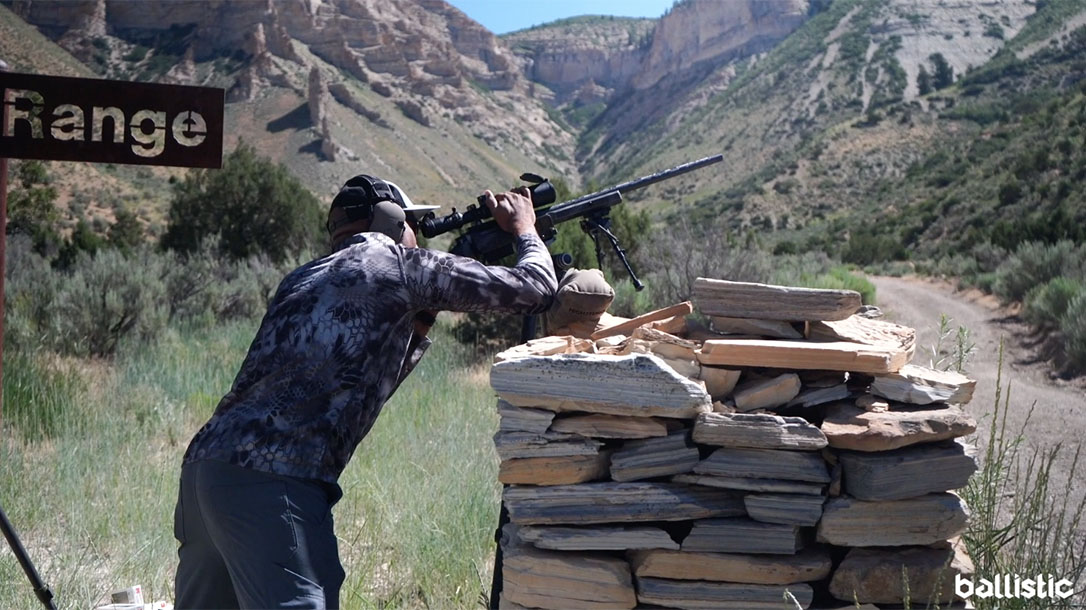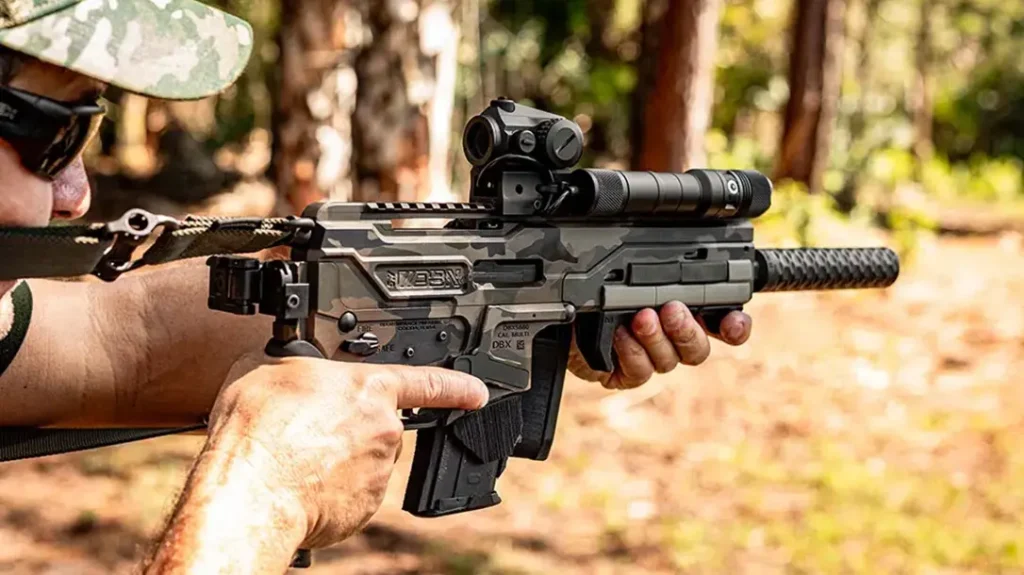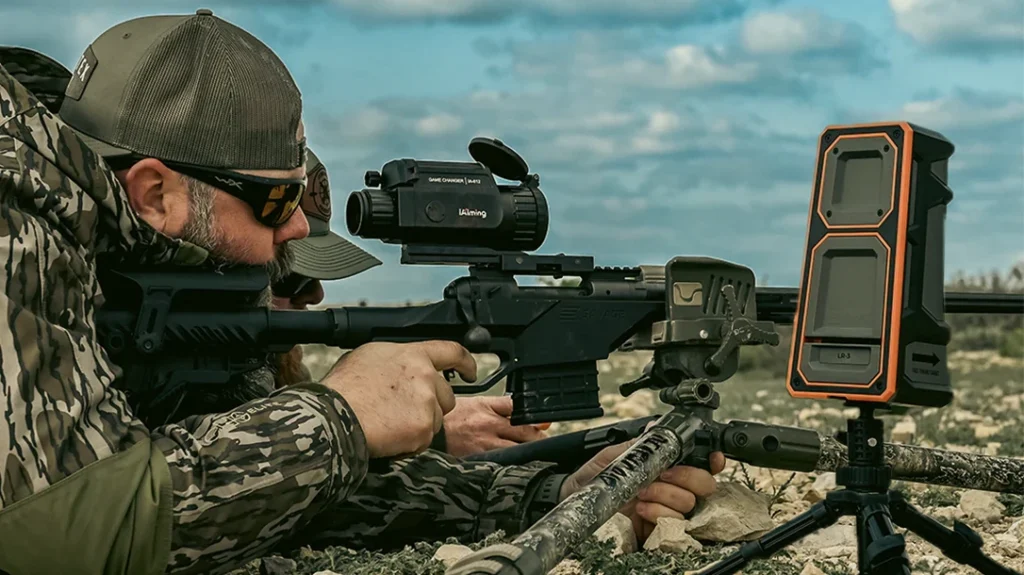It may be easy to overlook, but gravity is always acting on everything, even bullets. Bullet trajectory on angles is interesting. If the bullet left the muzzle perfectly level and you dropped a bullet from your hand, they would both hit the ground at the same time. But bullets actually arc up when leaving the barrel, crossing our line of sight (view through an optic) twice.
When shooting at different angles, whether up or down, the effects of gravity on the bullet are lessened. Because of this, your point of aim needs to be lower. The steeper the angle, whether up or down, the less the effect of gravity on the bullet trajectory. Therefore the lower you will need to aim and it’s more pronounced at steeper angles.
Advertisement — Continue Reading Below
Bullet Trajectory & Math
There are a couple of extra things to consider in angled shooting. First, your primary factors of range, wind, atmospherics, ammo, etc. don’t go away. What you need to consider when shooting up or downhill is line of sight distance, which is the same as your straight line range, and the actual angle (degree) that your target is located. Once you know that, you’ll need to apply a Cosine; this is a number that your line of sight (range) needs to be multiplied by to conclude what your scope adjustment will be.
If you’re like me, look up the definition of Cosine and your head may immediately meltdown. It’s trigonometry and the last thing I remember about trigonometry was sprinting down the hallway as fast as I could to get away from it. Just know that the Cosine are numbers that have already been calculated based on angles. Getting to the Cosine is a difficult mathematic feat at best and is a reminder why I’m a photographer and not a mechanical engineer.
I’m a “simple” shooter. I don’t like or need things to be complicated, especially in their explanation. The word Cosine holds no relation to me, so I think it’s easier to picture Cosine as a percentage. I mean that depending on the angle, you’ll only be shooting to a certain percentage of your line of sight distance because of the angle. That percentage is higher or lower based on your degree of angle. At least it works for me.
Advertisement — Continue Reading Below
Where Cosine Is
You can find the Cosine for your angle of shooting in several places. One is in a good data book for your rifle. If you don’t have a data book, they are good to have, although I admit I don’t use them to keep up with my rifles’ performance and record of use. But a good data book has all sorts of information on ballistics, wind and mirage reading, and Cosines for angle of fire.
You can also find them online. Many websites and blogs have the Cosines listed.
More Math and Examples
Let’s look at a couple of examples to make things easier. Let’s say you’re shooting a target above you, placed up on a mountain. You use a rangefinder and it gives you 500 yards even. You pull out your trusty app and it says you should hold 2.7 mils for 500 yards. Remember that is your line-of-sight distance. You are then told that the upward shooting angle is 20 degrees. It’s going to seem crazy steep, but extreme angle shooting is closer to the 40 degree mark and up. The Cosine for 20 degrees is .94. If you use the percentage example you’ll be dialing to 94 percent of the 500 yards, which equals 470 yards. That’s the elevation you want to dial for. So you look at your 470 yard grid in your app and it says you should now be at 2.4 on your turrets. (500 x .97=470).
Advertisement — Continue Reading Below
While our elevation DOPE is 470 yards, you’ll want to use the wind data for the actual 500 yards. Your bullet is still going to fly 500 yards, but only needs 470 yards of DOPE to get there because of lessened effects of gravity. But it will still be subjected to 500 yards of wind effects. Make sense?
Another example is the same ranged 500 yards but now your angle has increased to 60 degrees. Cosine of 60 degrees is .5. Multiply 500 by .5 and you get 250. Yes, at this extreme angle you’ll be dialing to half of the 500 yard line-of-sight distance. So instead of dialing to 2.7 you’ll only dial to .7 and press the trigger.
Keep in mind the Cosines are estimations and there are other factors involved like bullet velocity and atmospherics that need to be taken into consideration for ultra-precise calculations, but this approach gets it done.
Advertisement — Continue Reading Below
Final Thoughts
Don’t let shooting at angles and bullet trajectory get you bent out of shape. Most quality ballistics apps allow you to input your angle of fire and will give you the corrected firing solution. And many laser range finders do the work for you as well. But thinking about the angle you’re shooting and understanding how to apply the Cosine can have you confidently making shots that you didn’t think were possible. It’ll greatly improve your precision shooting.
























